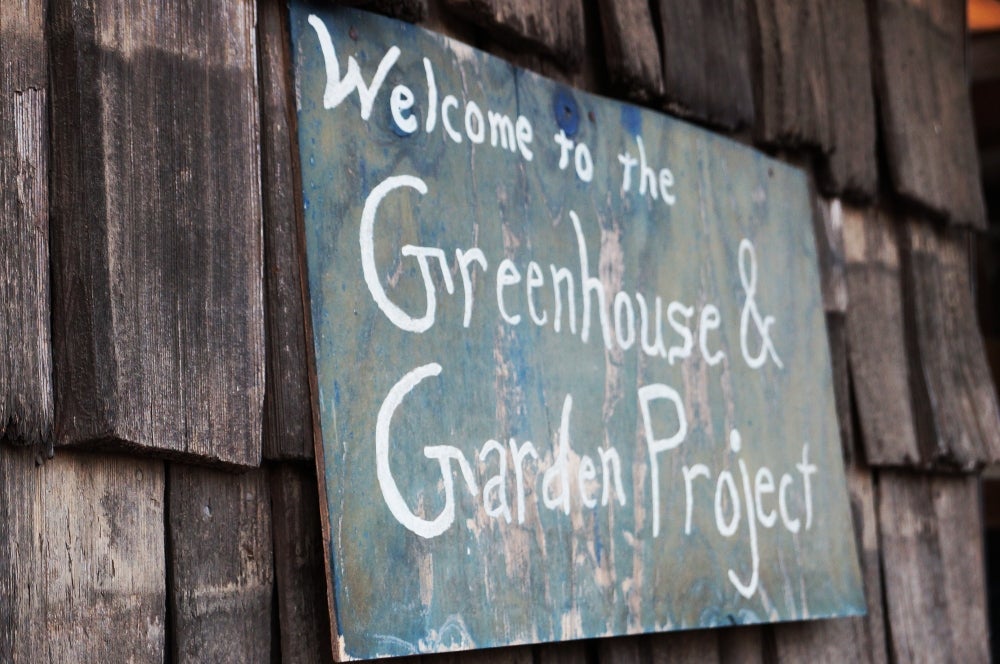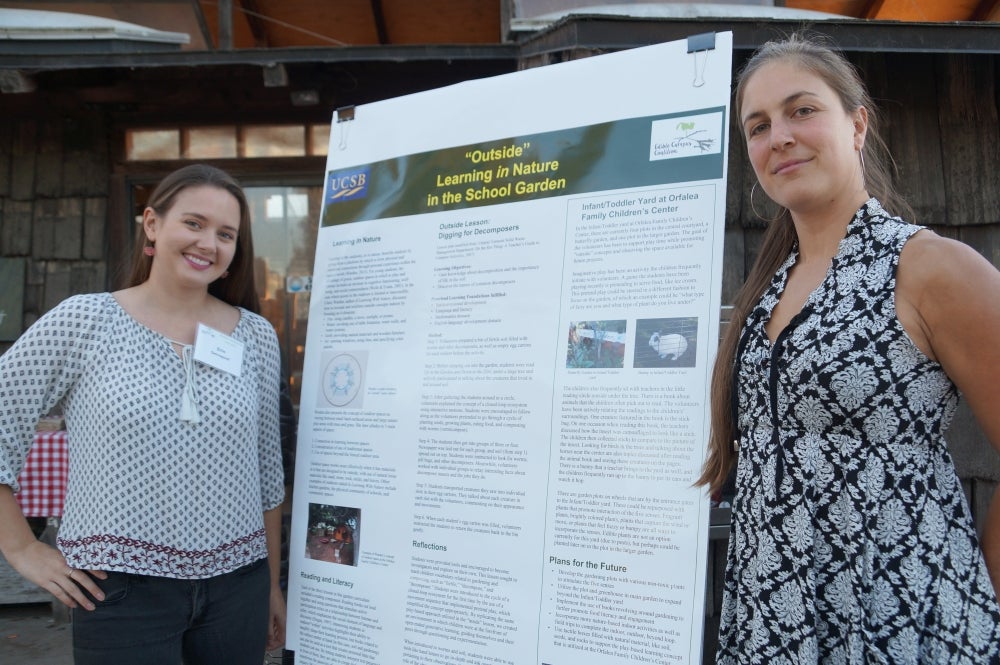'Inside, Outside and Beyond'
One seed is all it takes.
Given proper care and attention, a single seed can grow into something that flowers for generations. And that’s the hope — both literally and figuratively — of a unique new collaboration at UC Santa Barbara.
The university’s Gevirtz Graduate School of Education (GGSE), Early Childhood Care and Education Services and Edible Campus Project have partnered to teach preschoolers about gardening and, by extension, to root in children an early awareness of sustainability and appreciation of nature.
“If we want to be more sustainable as a campus, we need to start from the ground up,” said Jolie Colby, a Gevirtz School doctoral student who developed the garden-centered curriculum and is overseeing a small corps of volunteers — all education minors — to help teach it. “The earlier you start the earlier you can inculcate healthy behaviors. Imagine a society where all children learn early about sustainable methods of living, healthy food production and healthy eating? Imagine if all children care for the planet and want to spend their life helping earth be safer for humans to live on?”
The collaboration emerged from the construction of a new communal garden and greenhouse in the newly renovated outdoor play spaces at UCSB’s Orfalea Family Children’s Center. With funding from the Johnson Ohana Charitable Foundation, already a supporter of the Edible Campus Project, the gardening education effort launched in fall 2016. It will continue through the 2016-17 academic year.
The first round of the project saw kids aged 3 to 5 years old introduced to soil, decomposers and compost. Next up is a unit on seeds and plants, and the final sessions will revolve around food production and preparation.
Altogether, seven groups of preschoolers will get a three-session mini-course that begins with one indoor class, followed by a lesson in the children’s center garden and culminating with a visit to the campus greenhouse and garden to see the curriculum in practice.
Adapted from an existing framework for nature instruction, the concept is known as “inside, outside and beyond,” and it’s meant to instill in the children a sense of place and to emphasize connections between school, community and the environment, according to Tamara Thompson, preschool coordinator at the children’s center.
“The benefits of school gardens are numerous, including positive social and interpersonal skills, healthy eating and nutrition, science achievement and attitudes toward learning, design skills and environmental stewardship,” Thompson said. “As well, a garden provides a platform for natural open-ended play, developing a child’s sense of wonder and imagination.
“The immediate impacts are the smiles of joy you see on the children’s faces as they interact and engage in the garden activities,” she continued. “That’s what matters most. Over time the teachers will be able to track and measure specific learning outcomes. The vision is to develop a sustainable model that can be carried through by our teaching staff.”
The approach, noted Colby — whose own focus is on environmental education, environmental justice, food literacy and critical pedagogy — has in other places proven to be extremely successful. And she anticipates similar results at UCSB.
“I look at garden curriculum as a way to teach all the important things at once,” Colby said. “Gardening fulfills the administrative concern of standards on nearly all levels. It is a STEM field, too. You can cover soil science, biology, botany, ecology, chemistry, entomology. It is inclusive of socio-cultural backgrounds — growing food and non-edibles gives teachers the chance to honor myriad cultures. It also takes kids outside, which is extremely beneficial.
“A child given the skill to grow and prepare food at an early age is food literate and thereby set up to make decisions that lead to a healthy body and a healthy planet,” she added. “It is much broader than just gardening.”






